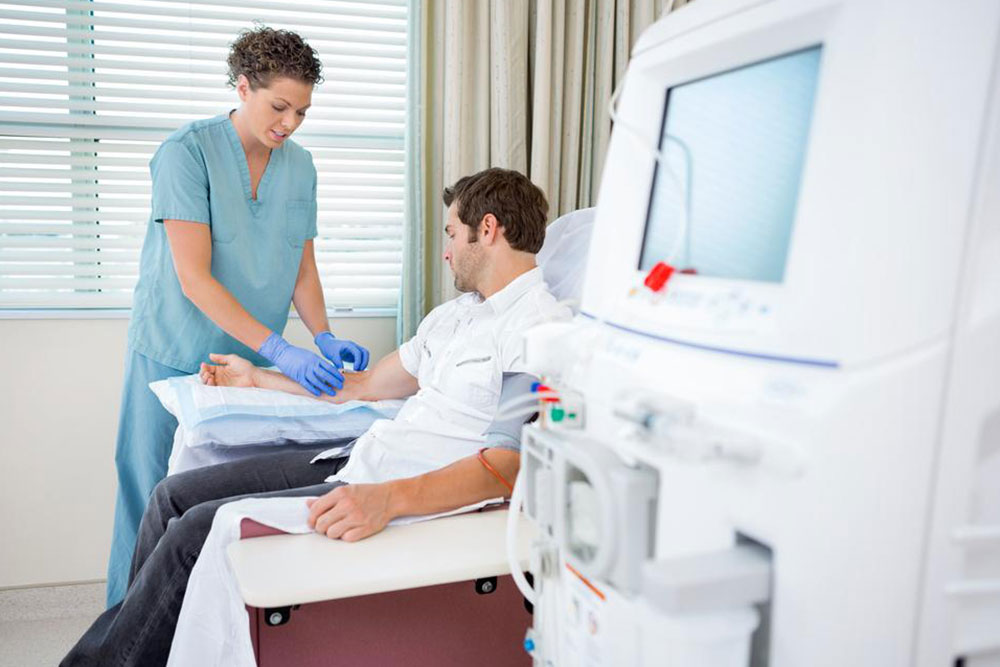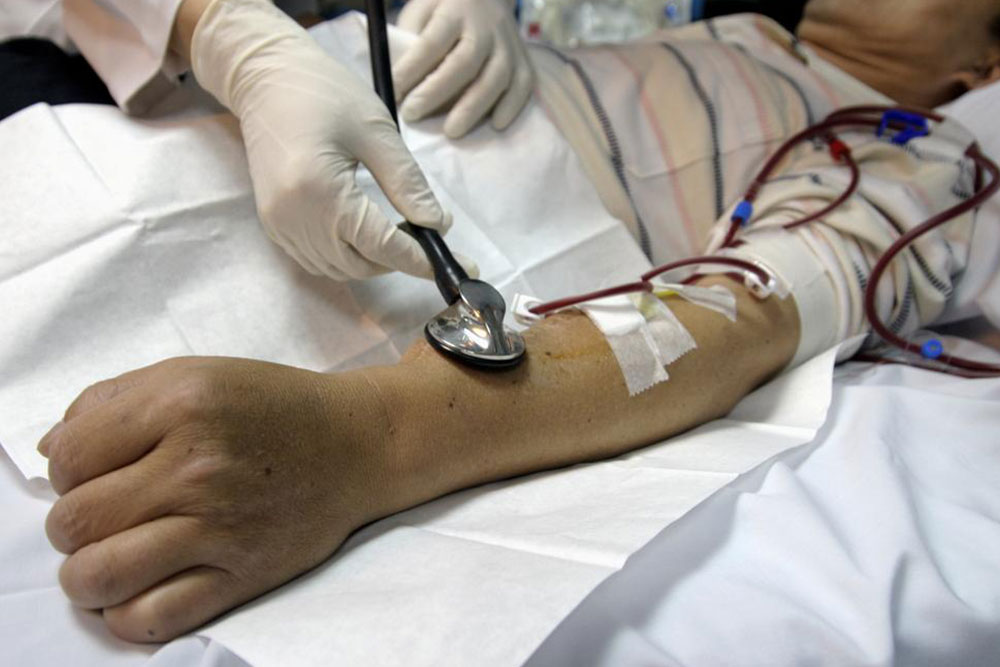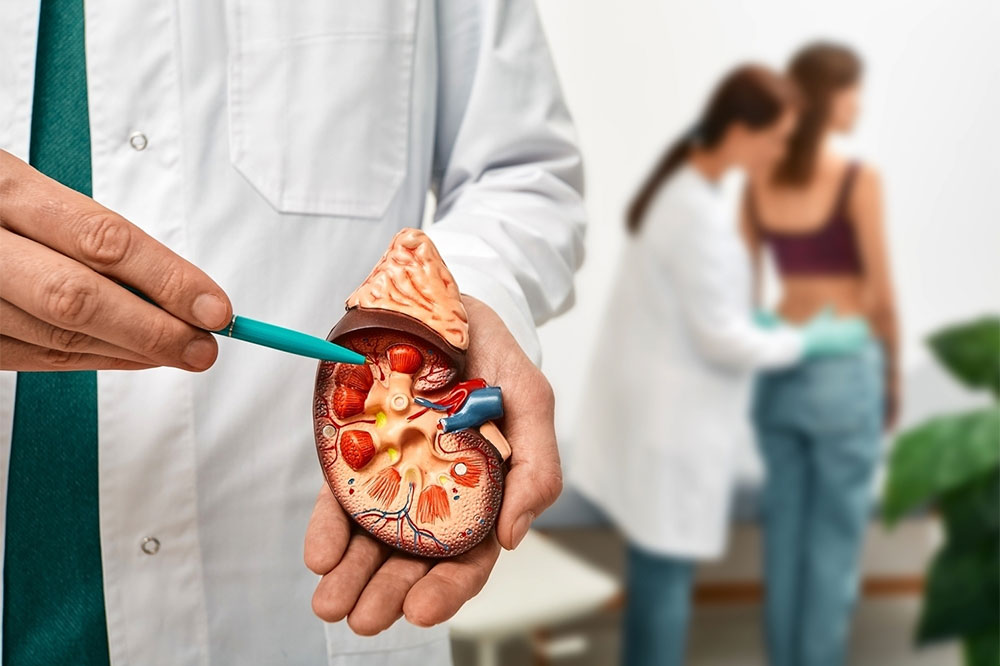Key Insights on Kidney Dialysis and Management
Explore essential information about kidney dialysis, including stages of kidney failure, types of dialysis procedures, and associated risks. Understand when dialysis is needed and how it impacts kidney health. This overview provides vital insights for patients and caregivers navigating kidney disease management.

Key Insights on Kidney Dialysis and Management
The kidneys play a vital role by filtering waste, regulating blood pressure, balancing sodium and potassium levels, maintaining pH balance, and producing hormones for red blood cell creation. When kidney function deteriorates, dialysis serves as a substitute for some of these essential functions.
Kidney failure progresses through stages, from 1 to 5, with stages 1-3 classified as mild impairment. Stage 5 represents end-stage renal disease, often requiring dialysis or transplant.
The most advanced stage, stage 5, occurs when kidney function drops below 15% of normal, indicated by a GFR below 15. At this point, dialysis becomes essential. Here are five key points about kidney dialysis:
Dialysis is needed when 85-90% of kidney function is lost, corresponding to stage 5 disease. The glomerular filtration rate (GFR), measured via blood creatinine levels, age, gender, and body size, helps assess kidney function and disease stage.
There are two primary types of dialysis: hemodialysis and peritoneal dialysis. Hemodialysis involves an external machine filtering blood after creating access through surgery—connecting an artery to a vein to form a fistula. Blood is drawn, filtered, and returned to the body. Peritoneal dialysis fills the abdominal cavity with dialysate via a catheter, drawing waste and excess fluid out of the blood into the dialysate for removal.
Hemodialysis typically lasts three to four hours per session, three times weekly. Peritoneal dialysis involves staying dialysate in the abdomen for four to five hours, often performed daily or multiple times. Both methods can be administered at a treatment center or at home.
One risk associated with long-term dialysis is the development of kidney cysts, which may cause symptoms like fever, back pain, blood in urine, or even tumors. These cysts are often linked more to chronic kidney disease than to dialysis itself.









